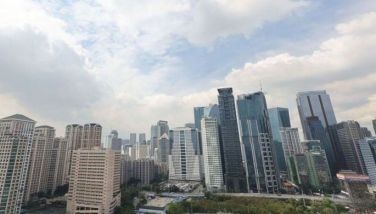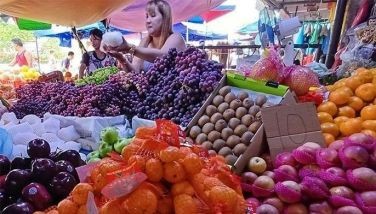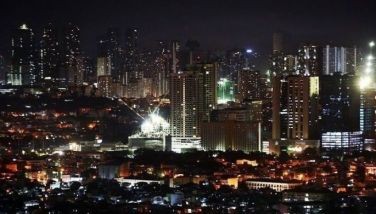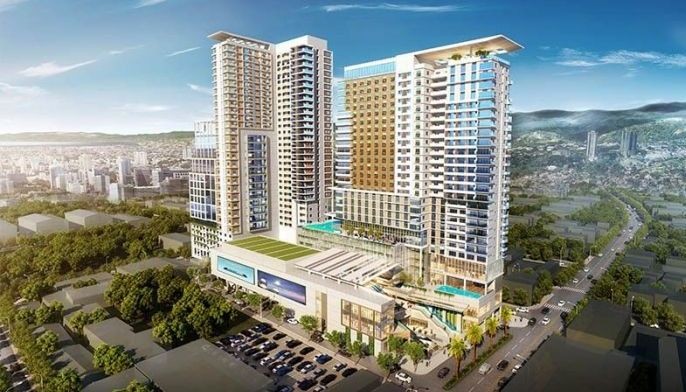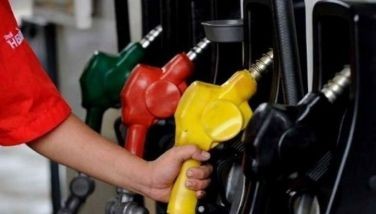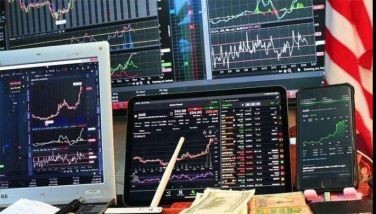Philippines e-commerce traffic ranked 5th in East Asia
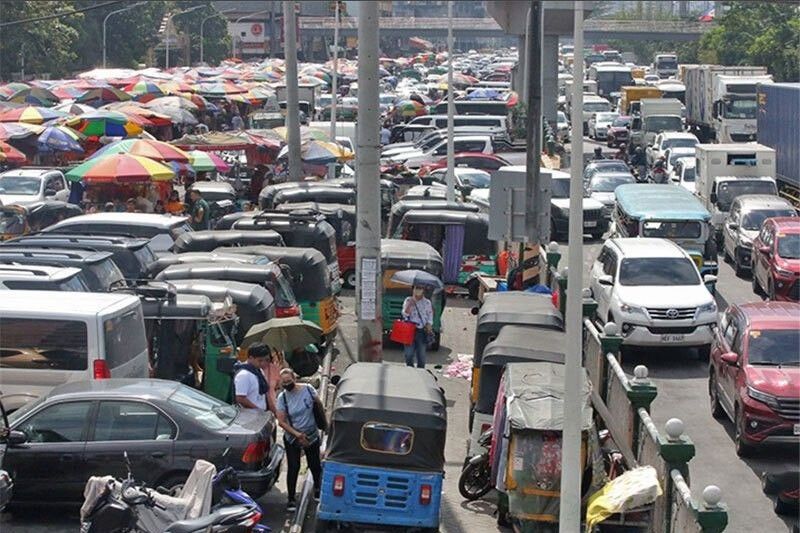
MANILA, Philippines — The Philippines ranked fifth in terms of e-commerce traffic in East Asia, according to a report by the United Nations Economic and Social Commission for Asia and the Pacific (ESCAP).
“Although the Philippines is the second most populated of the countries surveyed, it only ranks fifth in terms of traffic,” ESCAP said in its report that looked at the landscape of business-to-consumer (B2C) e-commerce marketplaces in the country.
ESCAP said the Philippines accounted for 7.5 percent of the total traffic in the region studied.
The report showed countries which had higher e-commerce traffic shares than the Philippines are South Korea with 35.1 percent, Indonesia (27.2 percent), Vietnam (11.2 percent) and Thailand (8.7 percent).
Meanwhile, the Philippines was ahead of Malaysia (6.1 percent), Singapore (3.8 percent), Mongolia (0.17 percent), Cambodia (0.14 percent), Brunei Darussalam (0.03 percent) and Lao People’s Democratic Republic (0.02 percent).
ESCAP said the Philippines’ internet penetration rate is low at 56 percent, while a moderate proportion of the population at 41 percent make online purchases.
“In addition to having a low internet penetration rate, the fact that the country is divided into 8,000 islands complicates communication and logistics, particularly access to mobile and fixed broadband internet,” ESCAP said.
It said the number of e-commerce users in the Philippines, however, is forecast to grow by 21.8 percent to reach 60.41 million users in 2027.
E-commerce traffic in the Philippines has posted continuous growth, rising to 1.7 billion visits in 2022 from 960 million visits in 2019.
Growth in e-commerce traffic averaged 21 percent over the period studied and was more pronounced between 2020 and 2021, reaching 39 percent.
ESCAP attributed the increase to the shift to online selling and shopping by businesses and consumers during the COVID-19 pandemic as physical shops were forced to close.
It said most of the e-commerce traffic in the Philippines was captured by online marketplaces Shopee and Lazada with shares of 48 percent and 27.4 percent, respectively.
In terms of product range, ESCAP said 62 percent of the B2C marketplaces were selling a broad range of goods, while 38 percent were specialized or offer a limited number of products.
Specialized marketplaces in the Philippines are concentrated on a limited number of sectors such as cars or motorcycles or motor parts (29 percent) and fashion, accessories and shoes (29 percent).
“This is indicative of a consumer base with a pronounced interest in lifestyle products, especially the fashion market which is projected to increase by 13.58 percent each year, reaching $3.57 billion by 2028, and the automotive sector, in particular the motorcycles market, which is projected to increase by 5.43 percent each year, reaching $5.09 billion by 2027,” ESCAP said.
In terms of traffic, cars or motorcycles or motor parts accounted for the biggest share at 51.5 percent.
This was followed by groceries which captured 23 percent, while fashion, accessories and shoes placed third, accounting for 18 percent of traffic.
- Latest
- Trending















